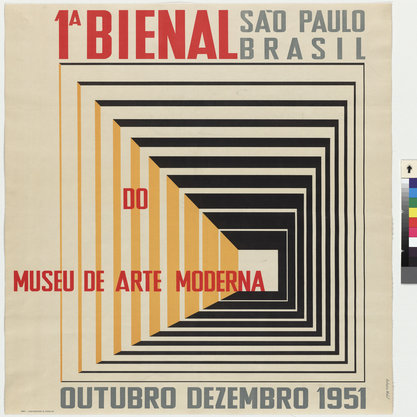Article
Grupo Santa Helena By Couto, Maria de Fátima Morethy
Article
The Santa Helena Group, made up mostly of wall painters, artisans, and amateur easel painters, had its origins in Brazil in the second half of the 1930s. This group, different from the Brazilian modernists of the 1920s, was made up of individuals with modest social backgrounds. Many were children of Spanish or Italian immigrants and studied in vocational courses such as Liceu de Artes e Ofícios de São Paulo, or the Escola Profissional Masculina do Brás. The group began with the friendship between Francisco Rebolo Gonsales and Mário Zanini. Both took a drawing night-course at the Escola Paulista de Belas-Artes, where they met Alfredo Volpi, Clóvis Graciano, and Manuel Martins. Fulvio Pennachhi, Mário Zanini, Aldo Bonadei, Humberto Rosa, and Rullo Rizzotti were also part of this group, albeit in different moments of its short-lived existence. The Santa Helena Group never intended to be an avant-garde movement, or to change the art milieu. They never wrote a manifesto or engaged in activities that challenged the artistic canon. Their priorities were repertoire (theme) and technique; they valued the artisan aspect of the painter’s work and did not intend to continue any vanguard principles from the first phase of the Brazilian modernist movement.

